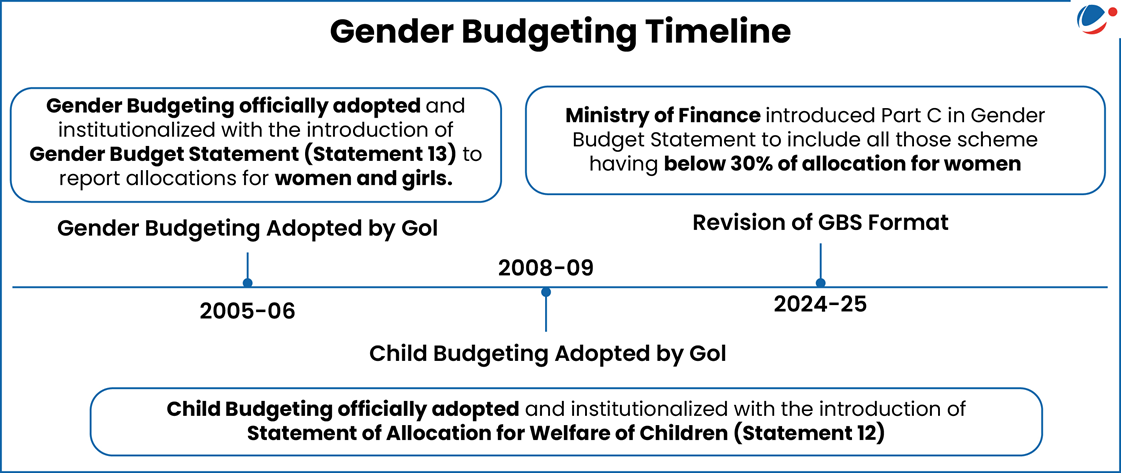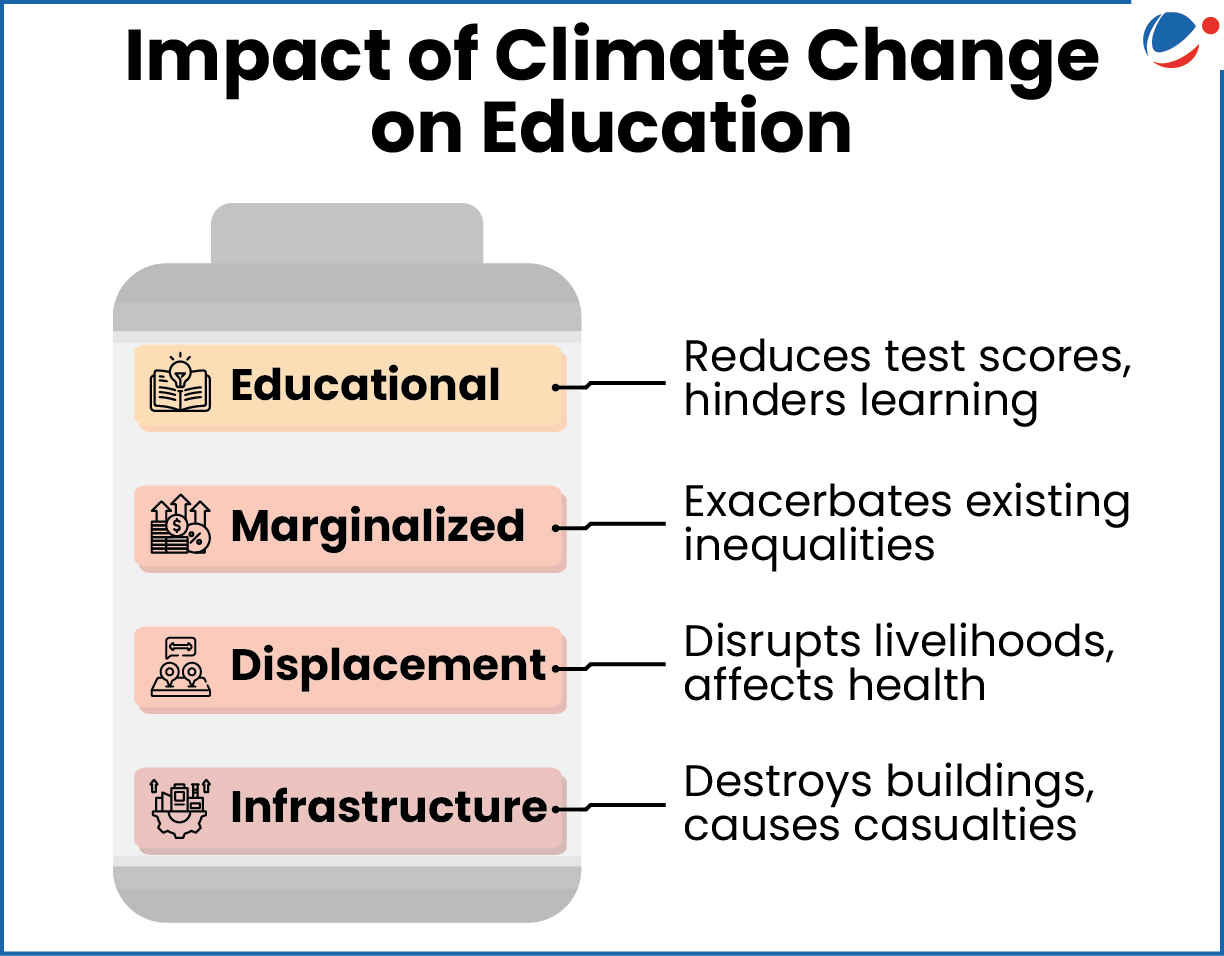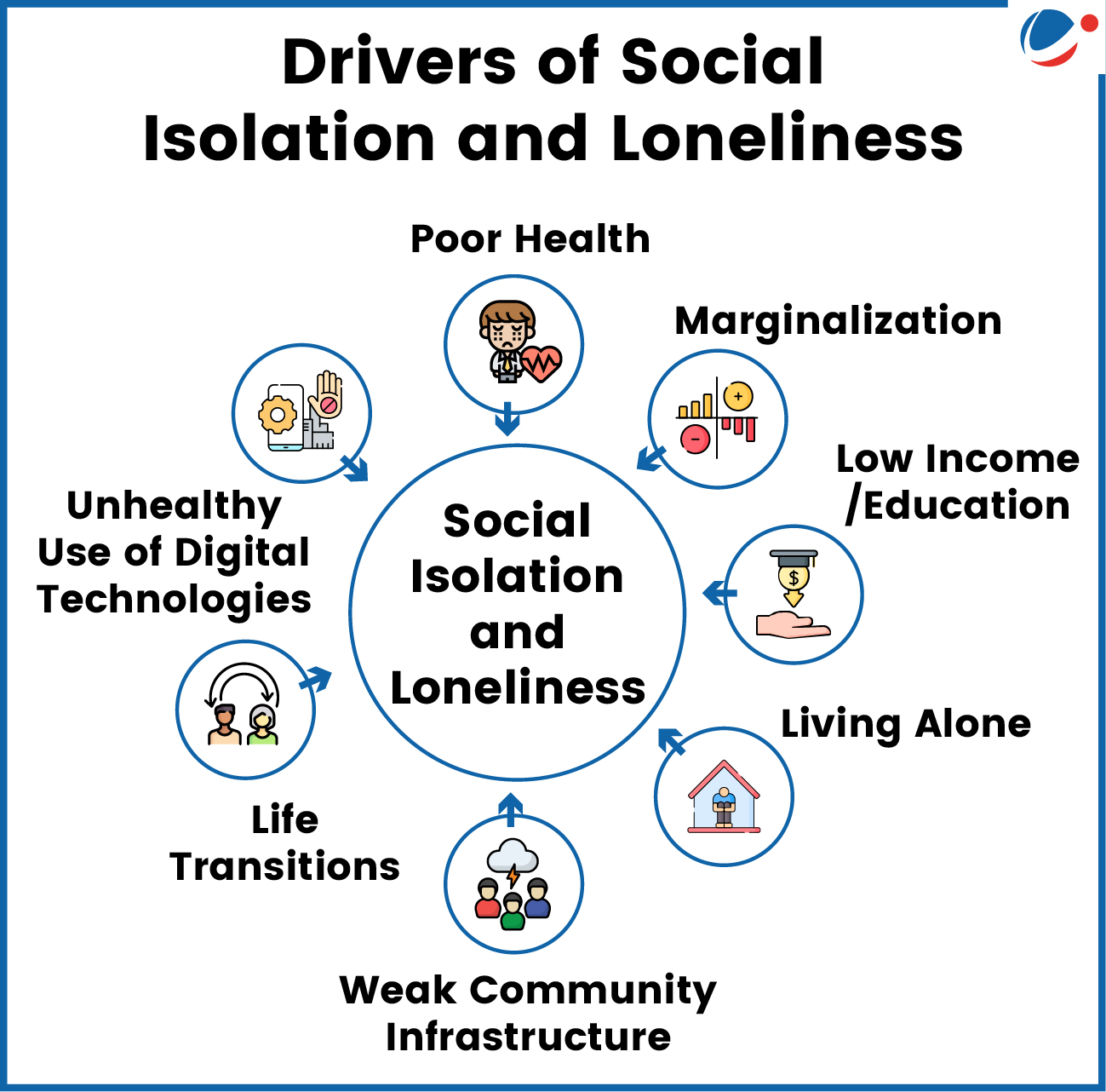Performance Grade Index (PGI) 2.0
About PGI
- Genesis: PGI was launched in 2017 and later revamped as PGI 2.0 in 2021.
- Released by: Ministry of Education
- Data sources: Unified District Information System for Education Plus (UDISE+), National Achievement Survey (NAS), PM-POSHAN portal, PRABAND portal and Vidyanjali Portal.
- Purpose: PGI holistically assesses the performance of school education systems across States and UTs.
- Structure: PGI structure comprises of total weightage of 1000 points across 73 indicators, which are grouped under 2 Categories viz., Outcome and Governance & Management.
- These categories are further divided into 6 domains, viz., Learning Outcomes (LO), Access (A), Infrastructure & Facilities (IF), Equity (E), Governance Processes (GP) and Teacher Education & Training (TET).
- Evaluation: Across 10 Grades out of 1000 points.
Key Findings of the Report
- No state/UT achieved the top four grades (Daksh, Utkarsh, Atti-Uttam, Uttam).
- Top Performer: Only Chandigarh attained Grade Prachesta-1.
- Lowest Performer: Meghalaya is the only state in the tenth grade (Akanshi-3).
- Inter-State Disparity: The report highlights that this disparity has reduced.
- Overall Trends:
- 24 states/UTs improved scores in 2023-24 compared to 2022-23.
- 12 states/UTs including Bihar, Andaman and Nicobar Islands, Chhattisgarh, Jharkhand, Karnataka, etc. saw score declines.
- Tags :
- PGI 2.0
State of World Population Report 2025
Recently, United Nations Population Fund (UNFPA) released its State of World Population (SWP) 2025 report titled ‘The real fertility crisis: The pursuit of reproductive agency in a changing world’.
About the Report
- The report argues that the actual global fertility crisis is not one of overpopulation or underpopulation, but rather a crisis in reproductive agency.
- Reproductive agency is the capacity to exercise informed, empowered decision-making over one’s reproduction. It requires an enabling environment in which individuals and couples can make choices unfettered by legal, political, economic and normative constraints.
- It also highlights various unfulfilled fertility aspirations such as unintended pregnancies, underachieved pregnancies, etc.
- It calls for a policy shift regarding population to prioritize individual rights and choices, building trust through stable, rights-based conditions that enable people to have the families they desire, rather than trying to engineer population size.
- Tags :
- UNFPA
- World Population
- State of World Population
- Reproductive agency
Gender Budgeting Knowledge Hub Portal
Portal was launched by the Union Ministry of Women and Child Development at the National Consultation on Gender Budgeting.
About Gender Budgeting Knowledge Hub Portal
- It is a centralized repository of tools including policy briefs, best practices, and gender-disaggregated data.
- Intended for use by central and state government ministries/departments and stakeholders.
- Features online application portal for submitting proposals for gender budgeting training and capacity building programmes.
About Gender Budgeting (GB)
- It is an approach that integrates gender equality into government’s planning and budgeting processes and analyses how budgets can promote gender equality.
- GB involves a thorough analysis of Government budgets to -
- establish its gender differential impacts.
- prioritise and frame commitments and corresponding actions; and
- ensure budget allocations for gender equality commitments

- Tags :
- Gender Budgeting





